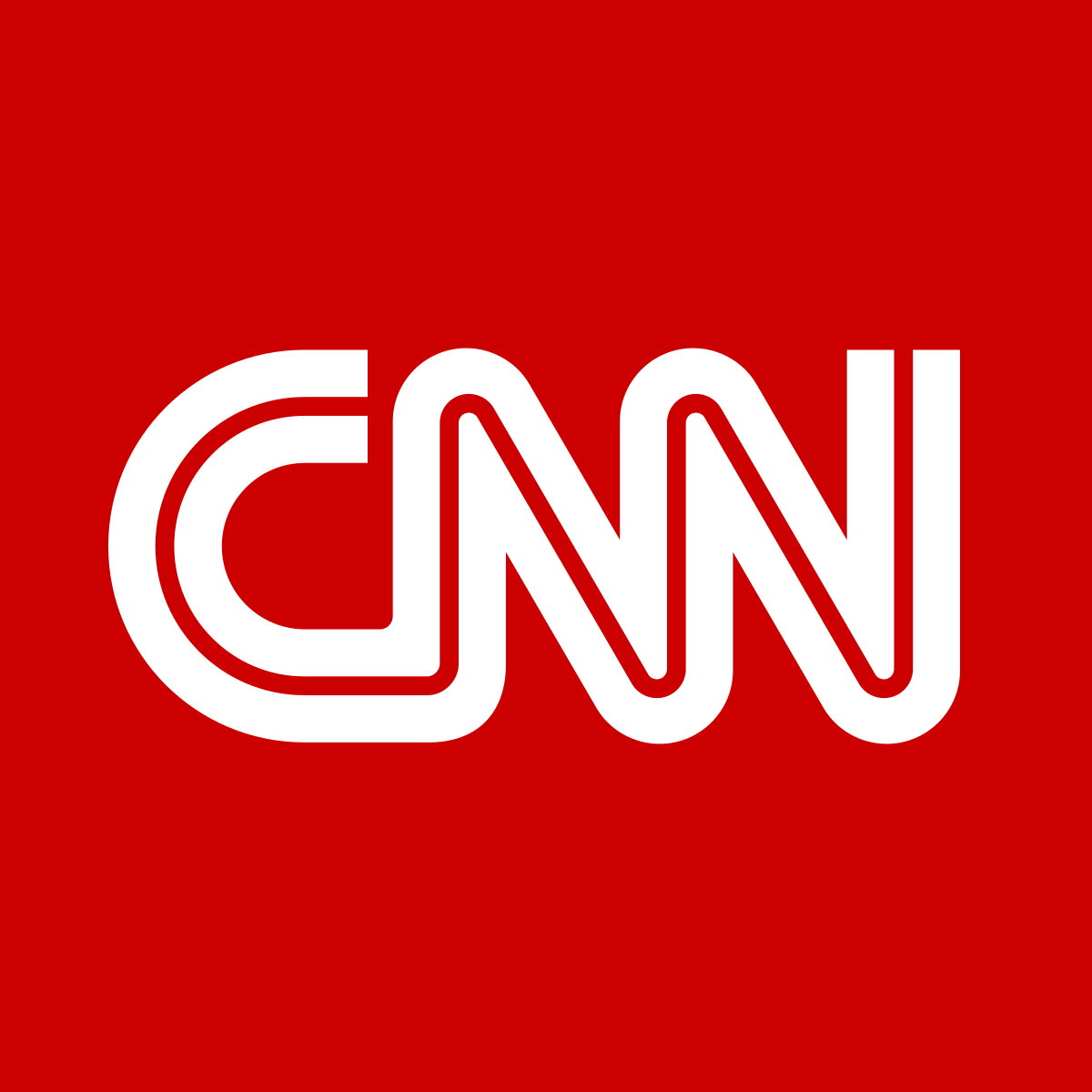A lump isn’t the only sign of breast cancer. Here are 5 other clues
Oct 16, 2023, 2:52 PM | Updated: 4:13 pm

A lump isn't the only sign of breast cancer. KSL TV.
(CNN) —Do you know what to look for to detect breast cancer early? If your list begins and ends with a lump, you are missing some important signs.
But according to a new survey, you would be far from alone.
While 93% of adults in the United States recognize a lump as a sign of breast cancer, less than half can identify most of the other signs, according to a consumer survey commissioned by The Ohio State University Comprehensive Cancer Center – Arthur G. James Cancer Hospital and Richard J. Solove Research Institute (OSUCCC – James).
The other signs recognized by less than half of the respondents to the survey include a retracted, inverted or downward-pointing nipple, breast puckering that appears when you raise your arms, loss of feeling in part of the breast, thickening of the skin and nipple discharge, said Dr. Ashley Pariser, a breast medical oncologist and director of breast cancer survivorship services at OSUCCC – James.
Only 31% of the more than 1,000 people who completed the survey identified an inverted nipple as a breast cancer sign, whereas 39% identified puckering, 41% knew loss of feeling, 45% identified skin thickening, and 51% knew discharge, the survey showed.
The lack of knowledge is especially concerning given that most breast cancers are not detectable with a lump found through touch, Pariser said in a statement.
“We want people to feel empowered about their bodies and know what is normal for them,” she said. “Many breast changes are the result of aging and childbirth; however, breast cancer can present in a number of ways.
“It is important that people feel safe to address these concerns in a timely way with their doctor,” she said. “We have made great strides in detecting breast cancers in far earlier, more treatable stages.”
Breast cancer remains the most common cancer diagnosed in women behind skin cancers, with just under 300,000 new cases and 43,000 deaths predicted in 2023, according to the American Cancer Society.
“Although we are making great strides in terms of detection and treatment, unfortunately we live in a world where breast cancer is still a serious concern for people,” Pariser said.
Why early detection is important regarding breast cancer
The lack of knowledge is concerning to Dr. Otis Brawley, Bloomberg Distinguished Professor of oncology and epidemiology at Johns Hopkins University, who was not involved in the survey.
“The only breast cancers that are cured … are breast cancers that are detected early,” he said.
Screening mammograms are important for catching breast cancers at their earliest and most treatable stages, Pariser said. But most often, those cases are caught through the symptoms listed in the survey, Brawley added.
That is why women and their providers need to become familiar with what is normal for their own breasts, Pariser said.
“The best way for us to find breast cancer early is for women to present as soon as they notice a change, ideally even before they see a change,” she said.
Empowerment in the doctor’s office
Educating the public on the signs and symptoms that indicate a need to see a doctor is an important first step toward earlier detection, Brawley said. But the work doesn’t stop there.
Many people — particularly women, uninsured people and people with less money — don’t feel empowered to go to a doctor to raise a concern and advocate for it to be investigated fully, Brawley said.
“People should be educated about their body and feel empowered to go to the doctor and say, ‘Something is wrong. Help me figure out,’” he added.
When it comes to breast cancer, men also need that empowerment, Pariser said.
“Although the disease is less common in men, 1% of breast cancers occur in men,” she said. “These cancers typically present as nipple changes, so it is also important that men feel empowered to seek medical attention for concerning symptoms, especially if they have a strong family history of breast cancer.”













